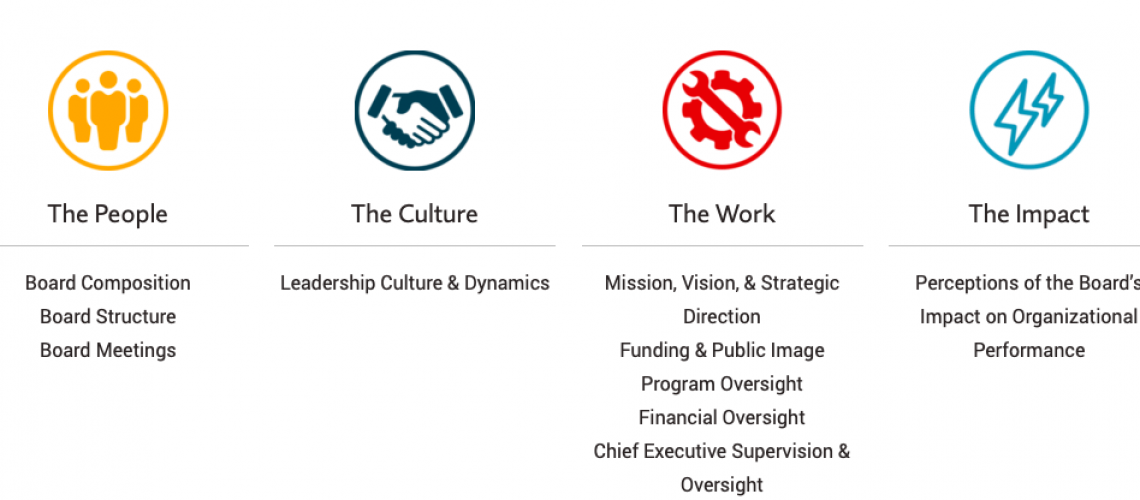Hello everyone, my name is Emily Rangel, and I am a student at California State University Monterey Bay CSUMB. I am currently going into my senior year and working as an NPC intern through my field training program in Collaborative Human and Health Services.
The topic of the week is Board Self-assessment. Board Source published a Board Self-Assessment; read the full summary HERE and access the sample assessment. Upon reading this self-assessment, I felt the importance of sharing the content included. Board Source suggests that in assessing the board, one can begin setting board development and priorities. In a collaborative board, members can individually evaluate themselves then come back together to strengthen the board’s performance in unity.
Personally, the only exposure I have had to board is at my internship with Nonprofit Connection Santa Cruz County; before this experience, I had no background in observing or serving on a board. However, from what I have learned while observing this board, a great board includes diversity, values one another’s ideas, and has a shared goal. A board is impacted by the people, culture, work, and the shared outcome goals.
How does one ensure their board is on track: or that their board is still motivated? The simple question is asking and communicating thoughts with one another. Another resolution is to allow the board to self-assess themselves and see where there is room for improvement or change. Unfortunately, no one serving on a board has the superpower to read minds; discussions need to occur regarding one another’s thoughts and ideas to ensure a protective, healthy, and motivated board.
During your next board meeting, ask your staff to evaluate themselves and the board’s overall dynamic; this will allow the board to scope for spots of improvement. Organizations are constantly seeking improvement; this is one step towards progress for your boards.
